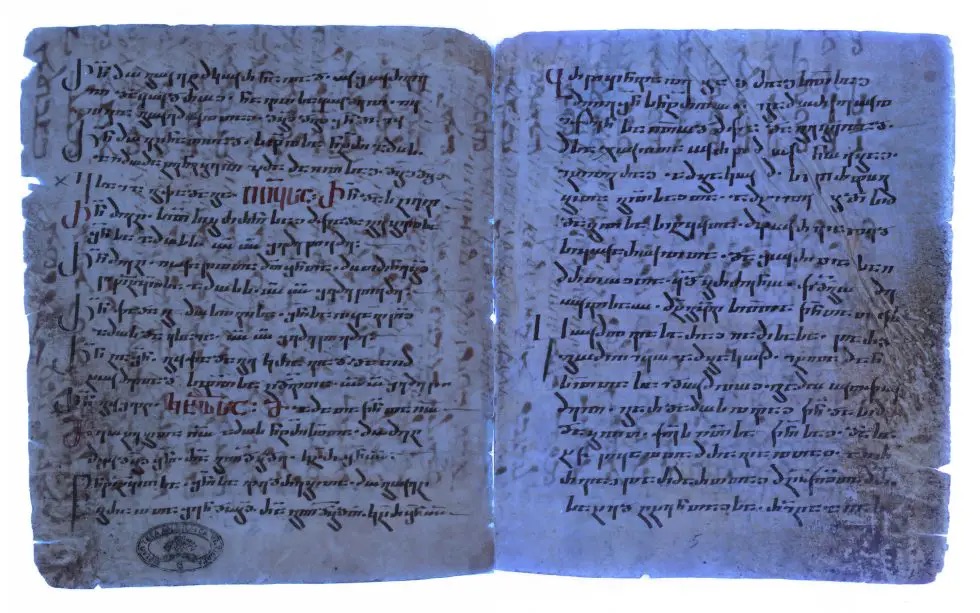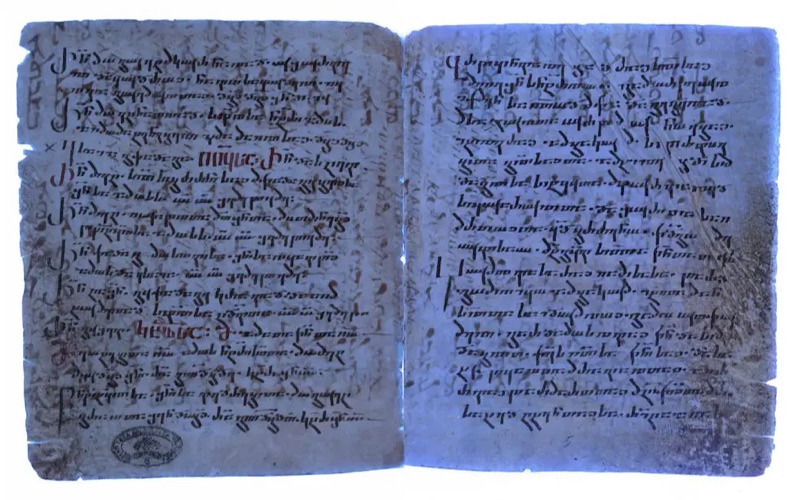For millennia, the Bible has served as a profound source of inspiration and guidance globally, shaping cultures, traditions, and beliefs. Despite its enduring influence, the Bible has maintained an air of mystery – until now. Historians have recently revealed a previously concealed chapter, hidden away for 1750 years. This extraordinary discovery provides a unique glimpse into our ancestors’ interpretations of this ancient text, shedding light on contemporary theological and scholarly research. In this blog post, we will delve into the revelations of this newfound chapter, exploring its implications for understanding biblical context, interpretation, and its relevance to theology and faith today.
Biblical History Overview
Biblical scholarship, an academic pursuit, delves into the study of the Bible and its historical context. This discipline involves scrutinizing how diverse cultures and religions have engaged with, interpreted, and employed the Bible across different eras. The realm of biblical scholarship can be categorized into two primary branches: historical-critical scholarship, focused on analytical and historical perspectives, and theological interpretation, which explores the religious and doctrinal dimensions of the text.
Historical-critical scholarship aims to grasp the original contexts of Bible writing, while theological interpretation endeavors to reveal its relevance for modern readers. Biblical scholars employ diverse methods – such as historical analysis, literary scrutiny, archaeological evidence, and textual criticism – to interpret the text.
In a recent groundbreaking revelation, historians unearthed an ancient Bible chapter concealed for 1750 years. This discovery not only sheds light on how our ancestors comprehended this ancient text but also provides valuable insights into ongoing theological research, offering a distinctive perspective on ancient religious traditions and ideas.
The ramifications of this revelation are profound, signifying a pivotal moment in both biblical scholarship and contemporary faith. Delving into this recently uncovered chapter allows us to gain enhanced insights into our ancestors’ interpretations of the text and fosters a deeper appreciation for its enduring wisdom.
The Newly Discovered Bible Chapter

The revelation of a forgotten Bible chapter, hidden for 1750 years, presents scholars with a remarkable chance to understand how our forebears interpreted this scripture. Unearthed from a Septuagint manuscript at St. Catherine’s Monastery in Sinai, Egypt, dating back to the 2nd century CE, the chapter, written in Greek, sheds light on the narrative of Enoch—an influential figure in Jewish and Christian tradition. Its prior neglect resulted from its antiquity and its existence beyond the confines of the Hebrew Bible.
This recently uncovered source material offers a distinct lens into ancient religious customs and concepts, providing insights into the interpretation of Jewish texts during that era. It not only contributes to our understanding of ongoing theological debates, such as the authorship and composition of biblical writings, but also delves into timeless wisdom. Exploring this newfound chapter allows us to grasp how interpretations have evolved over time, offering a valuable resource for comprehending religious history. This not only aids current theological studies but also enriches modern conversations about religion by showcasing diverse historical perspectives on scripture understanding.
The recent unearthing of a previously undiscovered Bible chapter yields a wealth of insights into how ancient authors interpreted and reinterpreted Scripture, shedding light on the evolution of religious traditions. By comparing this new material with other ancient works, scholars gain a nuanced understanding of cultural contexts influencing biblical interpretation.
This chapter underscores the significance of context in interpreting Scripture; certain interpretations may be embraced in one context and rejected in another due to cultural shifts. It also emphasizes the concept of text “canonical,” accepted as authoritative within a specific tradition or movement.
In essence, this chapter provides valuable insights into the development of religious ideas over time, offering lessons for contemporary debates on the Bible’s authority, interpretation, and application in daily life. It serves as a crucial resource for those seeking a deeper understanding of both ancient and modern perspectives on Scripture, fostering a more nuanced and appreciative approach to the study of religion.
The rediscovery of a long-lost Bible chapter, concealed for 1750 years, significantly impacts current research in Biblical studies. This addition to the existing evidence opens an unprecedented window into how ancient authors perceived Scripture and the evolution of religious practices. Scholars can now delve into unexplored aspects of the Bible’s development and interpretation.
This finding reshapes the academic focus of Biblical scholarship, granting access to previously elusive topics. For example, it holds the potential to offer comprehensive details on the contentious issues of authorship and composition of biblical writings. Furthermore, it promises greater insights into the understanding of Jewish texts during that era, contributing to modern debates on the authority and interpretation of the Bible.
Beyond academia, this discovery is likely to spark public interest in Biblical studies, making it more accessible to those with limited background knowledge in religion or theology. It could also prompt specialists to reassess their existing theories based on the influx of fresh evidence.
In summary, this newly uncovered chapter provides an invaluable perspective on ancient spiritual customs and concepts. It serves as a tool for analyzing both historical contexts and contemporary developments related to the Bible, offering insights into how our predecessors interpreted this text and deepening our appreciation for its timeless wisdom.
The theological and faith-related ramifications of this discovery are profound. It opens avenues for reevaluating interpretations, influencing theological discourse, and offering believers a deeper understanding of their faith. This find prompts reflection on traditional doctrines and may inspire a renewed exploration of spiritual perspectives, enriching the theological landscape.
The recent discovery of an ancient Bible chapter holds profound implications for theology and faith. This addition to Scripture offers a unique opportunity to delve into our ancestors’ interpretations and enhances our understanding of contemporary readings. Armed with this newfound knowledge, we can appreciate the significance of context in interpreting Scripture and approach its timeless wisdom with renewed insight.
Beyond its impact on religious scholarship, this discovery ignites public interest in Biblical studies. It has the potential to inspire those unfamiliar with this field to explore the history of their faith and reflect on its relevance in the modern era. The unveiling of this ancient chapter serves not only as a scholarly breakthrough but also as a catalyst for broader engagement with faith traditions.
In essence, this discovery offers a remarkable opportunity to delve into our spiritual heritage, enriching our appreciation for the teachings within Scripture. Examining this recently unearthed Bible chapter provides not only a deeper comprehension of our collective history as global believers but also a heightened appreciation for the richness of our individual faith traditions.
